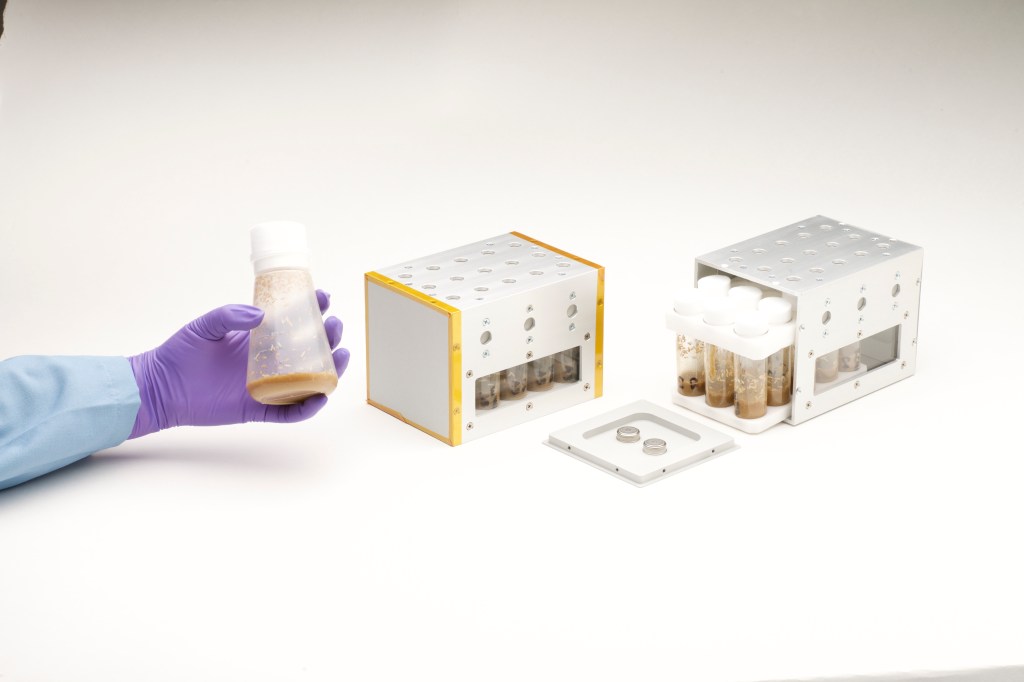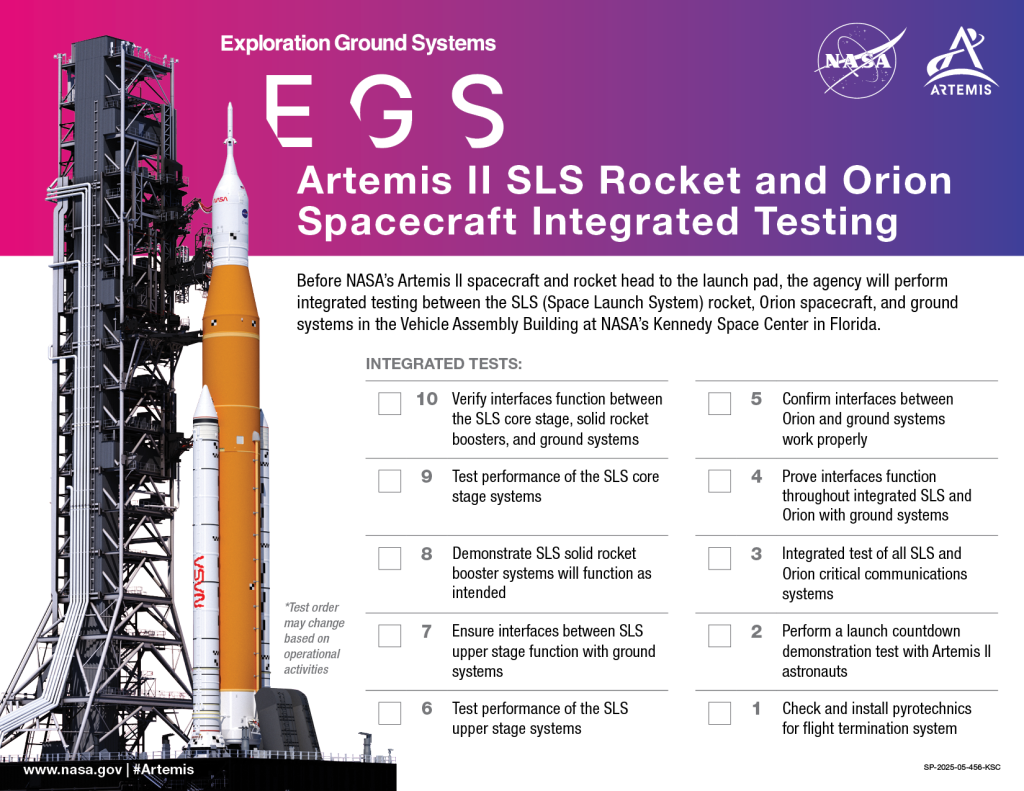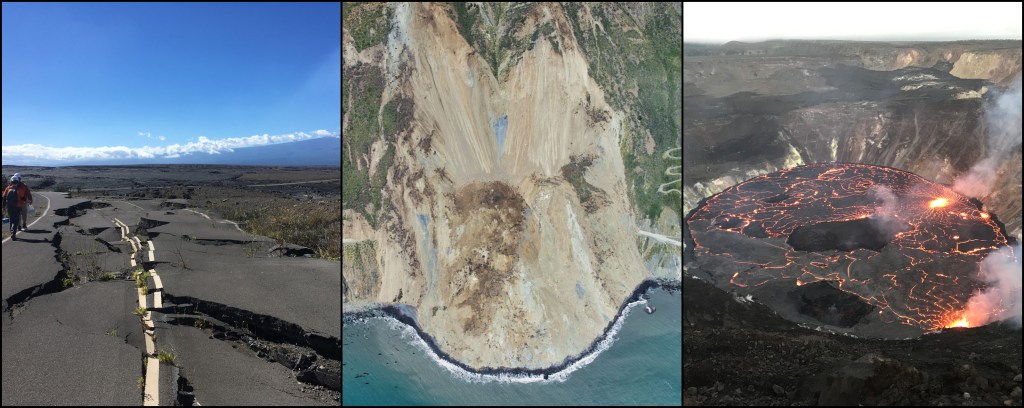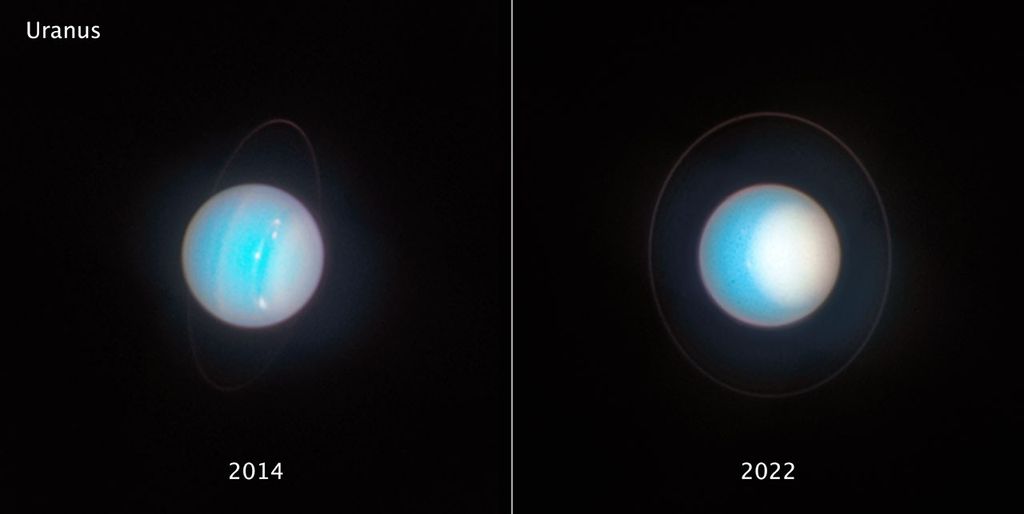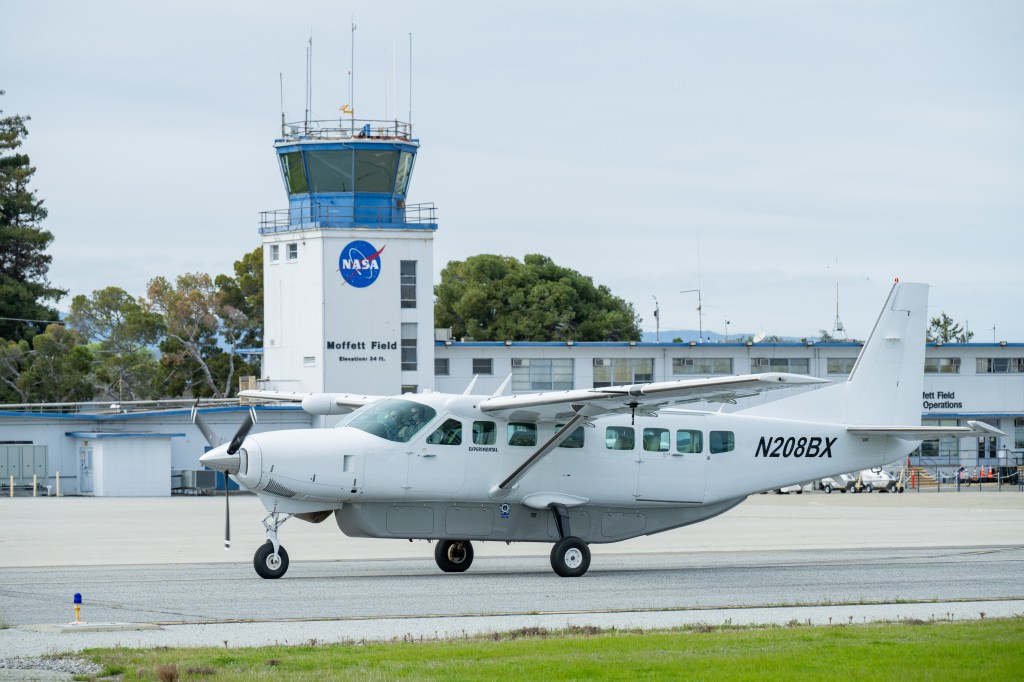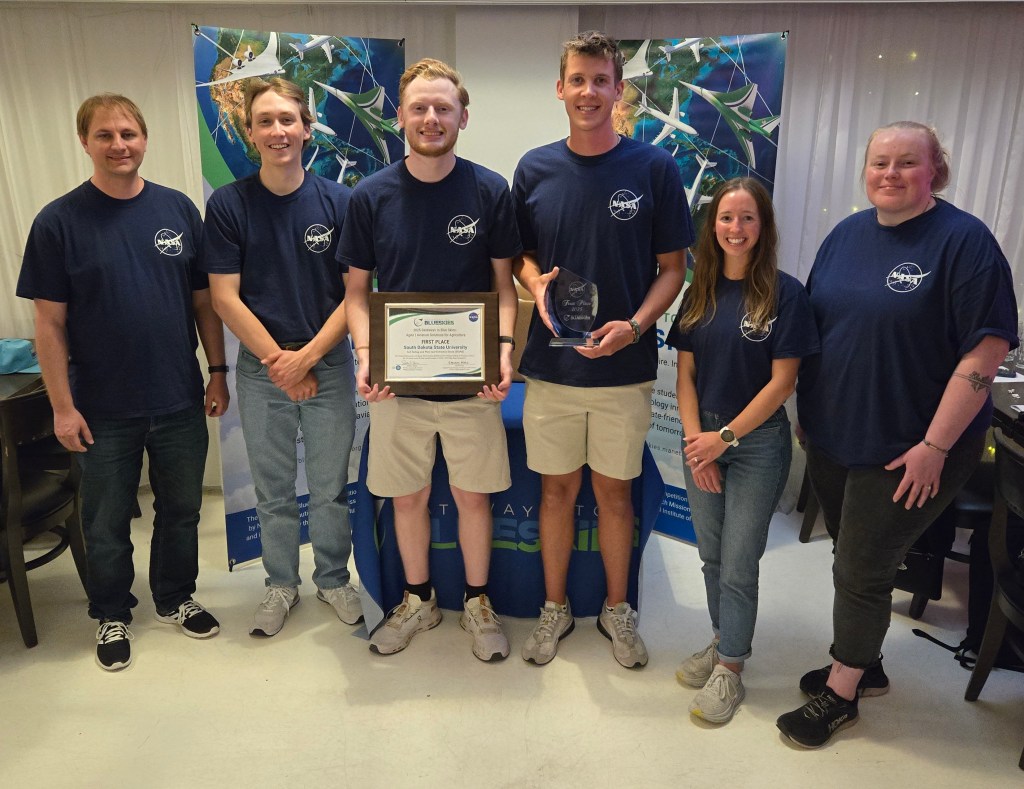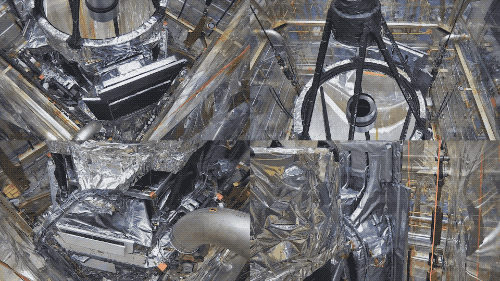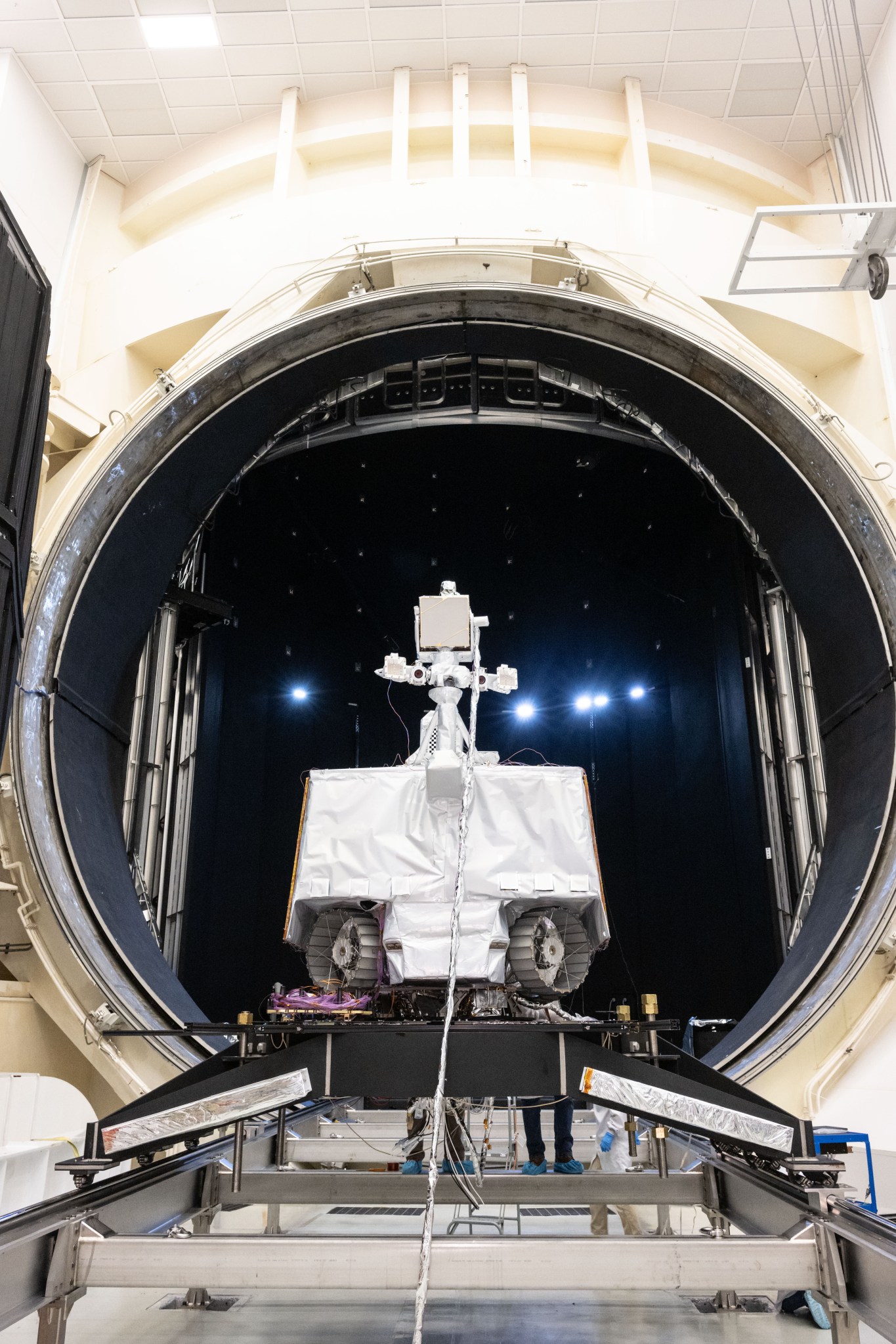Editor’s note: This release was updated on Feb. 4, 2025, to reflect a change in the deadline for when responses to the proposal are due.
To advance plans of securing a public/private partnership and land and operate NASA’s VIPER (Volatiles Investigating Polar Exploration Rover) mission on the Moon in collaboration with industry the agency announced Monday it is seeking U.S. proposals. As part of the agency’s Artemis campaign, instruments on VIPER will demonstrate U.S. industry’s ability to search for ice on the lunar surface and collect science data.
The Announcement for Partnership Proposal contains proposal instructions and evaluation criteria for a new Lunar Volatiles Science Partnership. Responses are due Monday, March 3. After evaluating submissions, any selections by the agency will require respondents to submit a second, more detailed, proposal. NASA is expected to make a decision on the VIPER mission this summer.
“Moving forward with a VIPER partnership offers NASA a unique opportunity to engage with the private sector,” said Nicky Fox, associate administrator in the Science Mission Directorate at NASA Headquarters in Washington. “Such a partnership provides the opportunity for NASA to collect VIPER science that could tell us more about water on the Moon, while advancing commercial lunar landing capabilities and resource prospecting possibilities.”
This new announcement comes after NASA issued a Request for Information on Aug. 9, 2024, to seek interest from American companies and institutions in conducting a mission using the agency’s VIPER Moon rover after the program was canceled in July 2024.
Any partnership would work under a Cooperative Research and Development Agreement. This type of partnership allows both NASA and an industry partner to contribute services, technology, and hardware to the collaboration.
As part of an agreement, NASA would contribute the existing VIPER rover as-is. Potential partners would need to arrange for the integration and successful landing of the rover on the Moon, conduct a science/exploration campaign, and disseminate VIPER-generated science data. The partner may not disassemble the rover and use its instruments or parts separately from the VIPER mission. NASA’s selection approach will favor proposals that enable data from the mission’s science instruments to be shared openly with anyone who wishes to use it.
“Being selected for the VIPER partnership would benefit any company interested in advancing their lunar landing and surface operations capabilities,” said Joel Kearns, deputy associate administrator for exploration in the Science Mission Directorate. “This solicitation seeks proposals that clearly describe what is needed to successfully land and operate the rover, and invites industry to propose their own complementary science goals and approaches. NASA is looking forward to partnering with U.S. industry to meet the challenges of performing volatiles science in the lunar environment.”
The Moon is a cornerstone for solar system science and exoplanet studies. In addition to helping inform where ice exists on the Moon for potential future astronauts, understanding our nearest neighbor helps us understand how it has evolved and what processes shaped its surface.
To learn more about NASA’s lunar science, visit:
-end-
Karen Fox
Headquarters, Washington
202-358-1100
karen.fox@nasa.gov







